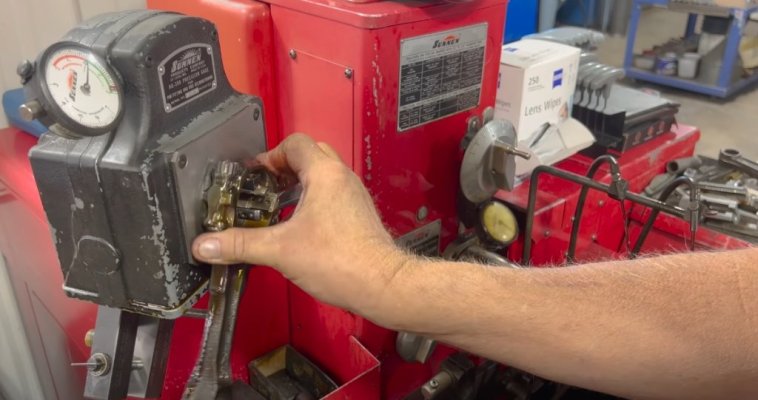fury fan
Old Man with a Hat
Thanks for the schooling @Big_John and @73Coupe! And thank you 73Coupe for explaining your red X.
My prior comment wasn't really complete to what I was thinking.
I am aware that things can be measured to such precision, so perhaps I was focused due to some prior questions/comments in this thread about the machine work.
We all hear about machine shops not doing things correctly, on routine work.
In a past life, when I saw measurement sheets with an 'all same measurement' line like that, it was 50-50 across the group of technicians for whether they diligently measured each part or just trusted the process and spot-checked that parts were in spec (and if in spec, didn't bother to write the actual measurement).
And I sometimes got FAIR papers from outside vendors marked as in spec that clearly were not, per their measurement sheets.
And in my current life @Big_John, I'm dealing with some A2LA labs, and I find errors in their reports sometimes. (this problem seems to be following me!)
Paperwork that looks like it might have shortcuts makes my ears perk up.
My prior comment wasn't really complete to what I was thinking.
I am aware that things can be measured to such precision, so perhaps I was focused due to some prior questions/comments in this thread about the machine work.
We all hear about machine shops not doing things correctly, on routine work.
In a past life, when I saw measurement sheets with an 'all same measurement' line like that, it was 50-50 across the group of technicians for whether they diligently measured each part or just trusted the process and spot-checked that parts were in spec (and if in spec, didn't bother to write the actual measurement).
And I sometimes got FAIR papers from outside vendors marked as in spec that clearly were not, per their measurement sheets.
And in my current life @Big_John, I'm dealing with some A2LA labs, and I find errors in their reports sometimes. (this problem seems to be following me!)
Paperwork that looks like it might have shortcuts makes my ears perk up.



















